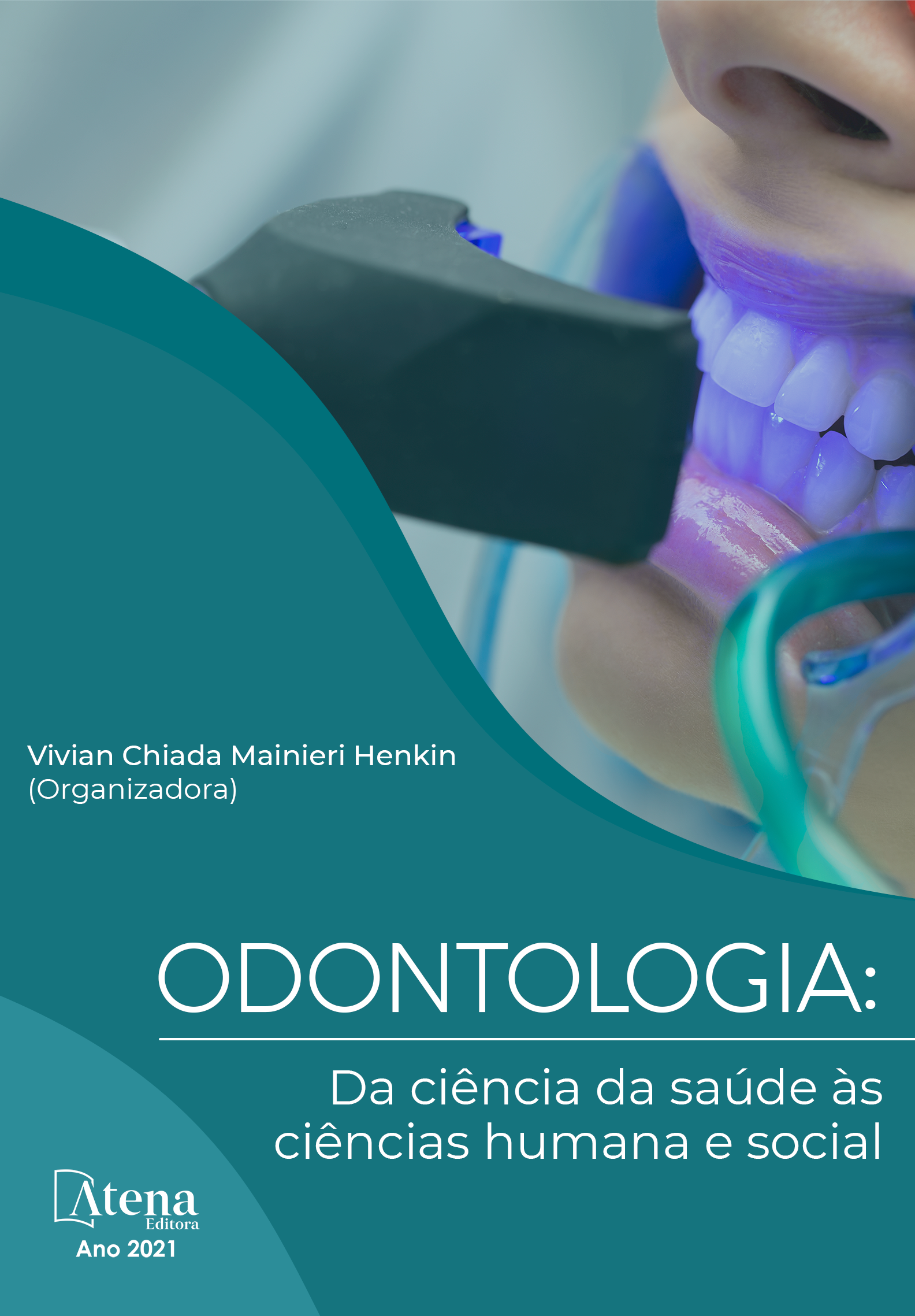
VARIÁVEIS QUE AFETAM A OSTEOINTEGRAÇAO PRIMÁRIA EM IMPLANTES DENTAIS: UMA AVALIAÇÃO EM INSTITUIÇÕES DE ENSINO
Os implantes dentários são indicados para reabilitação unitária, próteses múltiplas ou totais. O processo de osseointegração depende da ausência de mobilidade na interface implante/osso, durante o período inicial de cicatrização e a ausência de osseointegração pode ser considerada multifatorial, envolvendo paciente, operador e momento pré, trans e pós-cirúrgico, agindo isoladamente ou em conjunto. Foram observadas anotações em prontuários, somando 666 implantes dentários, distribuídos em 148 pacientes que se submeteram a tratamento de reabilitação oral sobre implantes em uma instituição de ensino. Todos os implantes utilizados foram do Sistema Conexão, hexágono externo, diâmetro 3,75 ou 3,3, a depender da espessura óssea do local de instalação e altura variável. Feitas análises descritivas dos dados e estimados modelos de regressão de Poisson para as relações entre o número de implantes perdidos e algumas variáveis independentes, além disso, calculadas as frequências absolutas e relativas dos casos de osseointegração e de perdas (insucessos), total e para cada categoria das variáveis independentes. As variáveis utilizadas foram: gênero, idade, base óssea reabilitada, presença ou não de enxertos ósseos, número de implantes instalados e perdidos, tipo de carregamento, tipo de reabilitação, hábito de fumar e etilismo. O índice de osseointegração primária foi de 90,8%, as mulheres foram maioria absoluta nesta amostra (77,7%), a base óssea mais reabilitada foi a maxila (52%), não ficou clara a interferência do álcool e fumo neste estudo. Houve associação significativa entre a osseointegração e a variável realização de enxerto. Foi encontrado que pacientes implantados sem enxerto têm 2,94 vezes mais chances de apresentar osseointegração. A importância da anamnese inicial do paciente e acompanhamento pós-cirúrgico foi confirmada, no entanto, o formato de atendimento em curso de especialização apresenta vulnerabilidades inerentes a modalidade de ensino.
VARIÁVEIS QUE AFETAM A OSTEOINTEGRAÇAO PRIMÁRIA EM IMPLANTES DENTAIS: UMA AVALIAÇÃO EM INSTITUIÇÕES DE ENSINO
-
DOI: 10.22533/at.ed.82621231113
-
Palavras-chave: Osseointegração, Implantes Dentários, Reabilitação Oral.
-
Keywords: Osseointegração, Implantes Dentários, Reabilitação Oral
-
Abstract:
Dental implants are indicated for single rehabilitation, multiple or total prostheses.
The osseointegration process depends on the absence of movement at the implant /
bone interface, during the initial healing period and the absence of osseointegration
can be considered multifactorial, involving the patient, operator and pre, trans and
post-surgical moment, acting alone or together. Notes were observed in medical
records, totaling 666 dental implants, distributed in 148 patients who underwent oral
rehabilitation treatment on implants in an educational institution. All implants used
were from the Connection System, external hexagon, diameter 3.75 or 3.3,
depending on the bone thickness of the installation site and variable height.
Descriptive analyzes of the data were performed and estimated Poisson regression
models for the relationships between the number of implants lost and the
independent variables, in addition, the absolute and relative frequencies of the cases
of osseointegration and losses (failures), total and for each, were calculated.
category of independent variables. The variables used were: gender, age,
rehabilitated bone base, presence or absence of bone grafts, number of implants
installed and lost, type of loading, type of rehabilitation, smoking and alcoholism. The
primary osseointegration index was 90.8%, women were the absolute majority in this
sample (77.7%), the most rehabilitated bone base was the maxilla (52%), the
interference of alcohol and smoking was not clear. There was a significant
association between osseointegration and the graft performance variable. It was
found in this study that patients implanted without a graft are 2.94 times more likely to
present osseointegration. The importance of the patient's initial anamnesis and postsurgical follow-up was highlighted, the service format in a specialization course,
although necessary, presents vulnerabilities inherent to the teaching modality. -
Número de páginas: 19
- Silvia Cristina Nunez
- Claudio Romulo Comunian
- ADRIANA VANDERLEI DO AMORIM


